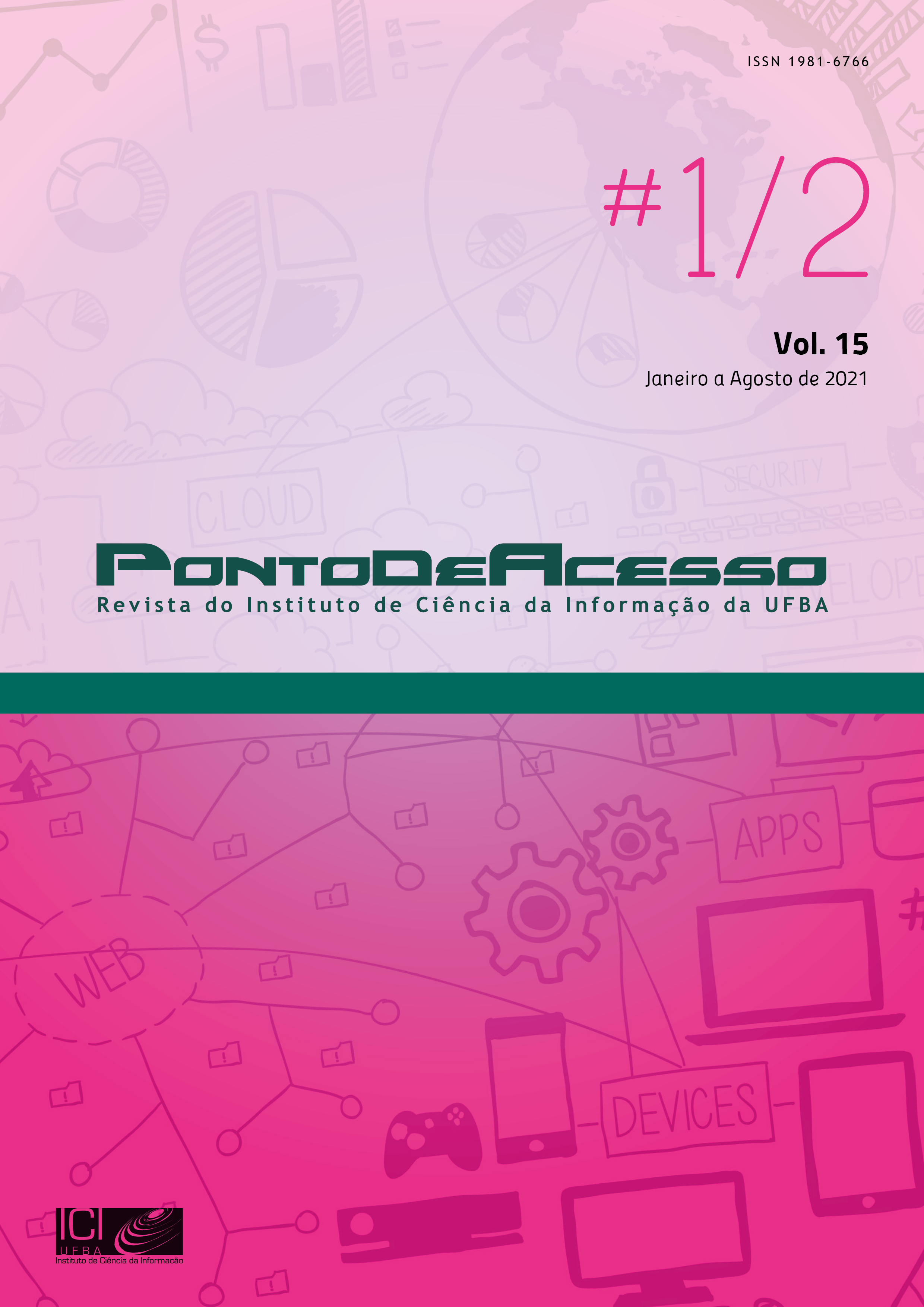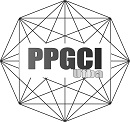MAPEAMENTO DE PATENTES EM UNIVERSIDADES NO ESTADO DO CEARÁ
UM ESTUDO BIBLIOMÉTRICO NA WEB OF SCIENCE
DOI:
https://doi.org/10.9771/rpa.v15i1/2.35295Keywords:
Patente, bibliometria, universidade, CearáAbstract
Patentes são instrumentos legais que conferem direito de uso financeiro e reconhecimento intelectual ao seu proprietário. Nos últimos anos aumentou a quantidade de pedidos depositados nos escritórios de patentes. As universidades têm ganhado espaço no registro de sua propriedade intelectual e as patentes têm importante participação neste processo. A pesquisa mapeia de forma bibliométrica as patentes das universidades do estado do Ceará e que estão disponíveis no banco de patentes Derwent World Patents Index via Web of Science. Constatou-se que a Universidade Federal do Ceará é líder nos depósitos de patentes. A colaboração com instituições do estado e fora dele não configuram um quantitativo relevante. Há intenso relacionamento entre inventores, mas determinado grupo concentra as relações de parceria. Sugere-se o acesso à informação para que o processo de patenteamento seja uma política das universidades e que os ganhos financeiros advindos das transferências de uso comercial das patentes possam criar um ambiente sustentável para o financiamento de novos registros.
Downloads
References
ARAÚJO, W. C. O.; ANDRETTA, P. I. S.; INOMATA, D. O. A produção científica na Universidade Federal do Ceará: considerações bibliométricas para o período de 2009 a 2018. Informação em Pauta, Fortaleza, v. 5, n. 1, p. 74-97, jan./jun. 2020.
BALL, R. An Introduction to Bibliometrics: New Developments and Trends. Amsterdã, Netherlands: Chandos Publishing, 2019.
BOUCHOUX, D. E. Intellectual Property: The Law of Trademarks, Copyrights, Patents, and Trade Secrets. Boston, Massachusetts: Cengage Learning, 2012.
BRASIL. Lei nº 9.279, de 14 de maio de 1996. Regula direitos e obrigações relativos à propriedade industrial. Brasília, DF: Presidência da República, 1996.
BRASIL. Ministério da Saúde. Cadastro Nacional de Cursos e Instituições de Educação Superior. Brasília, DF: Ministério da Saúde, 2019. Busca Interativa: Ceará. Disponível em: https://emec.mec.gov.br/. Acesso em: 10 dez. 2019.
CHANG, S. Key technology network model for the industrialization of research output: A university patent perspective. Social Science Information, v. 56, n. 4, p. 640-661, Sept. 2017.
CLARKE, N. S. The basics of patent searching. World Patent Information, v. 54, p. 4-10, Sept. 2018.
COWELL, E. W.; REED, J. H. Intellectual Property and Universities: A Path Forward [Point of View]. Proceedings of the IEEE, v. 105, n. 7, p.1195-1198, July 2017.
CRESPI, G. et al. The impact of academic patenting on university research and its transfer. Research Policy, v. 40, n. 1, Feb. 2011.
FEDERAÇÃO DAS INDÚSTRIAS DO ESTADO DO CEARÁ. Índice FIEC de inovação dos estados. Fortaleza: FIEC, 2018.
HADDOW, G. Bibliometric research. In: WILLIAMSON, K.; JOHANSON, G. (ed.). Research Methods: Information, Systems, and Contexts. 2. ed. Amsterdã, Netherlands: Elsevier, 2018. p. 241-266.
INSTITUTO NACIONAL DA PROPRIEDADE INDUSTRIAL (Brasil). Indicadores de Propriedade Industrial 2020: o uso do sistema de propriedade industrial no Brasil. Rio de Janeiro: INPI, 2021.
INSTITUTO NACIONAL DA PROPRIEDADE INDUSTRIAL (Brasil). Inventando o futuro: uma introdução às patentes para as pequenas e médias empresas. Rio de Janeiro: INPI, 2013.
INSTITUTO NACIONAL DA PROPRIEDADE INDUSTRIAL (Brasil). Rankings dos depositantes residentes em 2018. Rio de Janeiro: INPI, 2019.
INSTITUTO NACIONAL DA PROPRIEDADE INDUSTRIAL (Brasil). Relatório de Atividades do INPI: 2018. Rio de Janeiro: INPI, 2018.
JIANG, R. et al. The role of research and ownership collaboration in generating patent quality: China-U.S. comparisons. China Economic Review, v. 58, p. 1-20, Dec. 2019,
KUAN, C.; CHEN, D.; HUANG, M. The overlooked citations: Investigating the impact of ignoring citations to published patent applications. Journal of Informetrics, v. 14, n. 1, p. 1-12, Feb. 2020.
MARESOVA, P.; STEMBERKOVA, R.; FADEYI, O. Models, Processes, and Roles of Universities in Technology Transfer Management: A Systematic Review. Administrative Sciences, v. 9, n. 3, p. 1-36, Sept. 2019.
MENDES, F. M. L. et al. Mapping the lab-on-a-chip patent landscape through bibliometric techniques. World Patent Information, v. 58, p. 1-9, Sept. 2019.
MONGEON, P.; PAUL-HUS, A. The Journal coverage of Web of Science and Scopus: a comparative analysis. Scientometrics, v. 106, n. 1, p. 213-228, Oct. 2016.
ORGANISATION FOR ECONOMIC CO-OPERATION AND DEVELOPMENT. OECD Patent Statistics Manual. Paris: OECD, 2009.
RUSLY, F. H. et al. Global Perspective on Payroll System Patent and Research: A Bibliometric Performance. International Journal of Recent Technology and Engineering, v. 8, n. 22, p. 148-157, July 2019.
SJAFRIZAL, T; PRATAMI, D. Exploring Academic Patenting in Indonesia (1990-2015). Journal of Physics: Conference Series, v. 1150, p. 1-8, 2019.
TAHMOORESNEJAD, L.; BEAUDRY, C. Collaboration or funding: lessons from a study of nanotechnology patenting in Canada and the United States. The Journal of Technology Transfer, v. 44, n. 3, p. 741-777, Aug. 2017.
UNITED STATES OF AMERICA. Constitution of the United States. Washington, D.C.: United States Senate, 1787. Disponível em: https://www.senate.gov/civics/constitution_item/constitution.htm. Acesso em: 19 dez. 2019.
VAN ZEEBROECK, N.; LAPOTTERIE, B. V. P.; GUELLEC, D. Patents and academic research: a state of the art. Journal of Intellectual Capital, v. 9, n. 2, p. 246-263, Apr. 2008.
WANG, L. et al. Impact of different patent cooperation network models on innovation performance of technology-based SMEs. Technology Analysis & Strategic Management, v. 32, n. 6, p. 1-15, Dec. 2019.
WORLD INTELLECTUAL PROPERTY ORGANIZATION. World Intellectual Property Indicators 2019. Geneva, Switzerland: WIPO, 2019.
Downloads
Published
How to Cite
Issue
Section
License
Copyright (c) 2021 PontodeAcesso

This work is licensed under a Creative Commons Attribution 4.0 International License.
A PontodeAcesso utiliza a licença do Creative Commons (CC), preservando assim, a integridade dos artigos em ambiente de acesso aberto. A revista permite que o autor retenha os direitos de publicação sem restrições.








